Gem Profile- Diamond
"Diamonds are Forever" is a phrase you have heard from DeBeers to James Bond, and it fits, because diamonds are the most popular gemstone in the world, the top of the Moh's hardness scale, and the standard by which so many things are measured.
We have learned how gems and diamonds are graded from previous blogs, and that they are created from pure carbon in science classes, so we're going to explore how diamonds are formed and their place throughout history instead.
We have learned how gems and diamonds are graded from previous blogs, and that they are created from pure carbon in science classes, so we're going to explore how diamonds are formed and their place throughout history instead.
How a Diamond Forms
Through scientific experiments, we know that diamonds are created under extreme heat and pressure near the mantle, at between 87 and 120 miles below the Earth's surface. Without this heat and pressure, the atoms that bond to form diamonds would instead form graphite. So, if diamonds are created at such depth with so much heat and pressure, how do they get to the surface where smitten couples use them as a symbol for undying love? Good question!
Commercially-mined diamonds were first found near Kimberley, South Africa in the 1870s, in what is now known as kimberlite pipes. These pipes are formed by small but violent volcanic eruptions that originate in the upper mantle and form carrot-shaped columns, or pipes, that include diamonds, mantle material, and other rock and indicator minerals that form the breccias within the pipes (breccia is broken material). The shape of the pipe is an inverted cone caused by the surface water exploding as the hot magma comes in contact and literally blowing it out of the Earth!
Through scientific experiments, we know that diamonds are created under extreme heat and pressure near the mantle, at between 87 and 120 miles below the Earth's surface. Without this heat and pressure, the atoms that bond to form diamonds would instead form graphite. So, if diamonds are created at such depth with so much heat and pressure, how do they get to the surface where smitten couples use them as a symbol for undying love? Good question!
Commercially-mined diamonds were first found near Kimberley, South Africa in the 1870s, in what is now known as kimberlite pipes. These pipes are formed by small but violent volcanic eruptions that originate in the upper mantle and form carrot-shaped columns, or pipes, that include diamonds, mantle material, and other rock and indicator minerals that form the breccias within the pipes (breccia is broken material). The shape of the pipe is an inverted cone caused by the surface water exploding as the hot magma comes in contact and literally blowing it out of the Earth!
(Dale "Cougar" Armstrong teaches many rings in her Rings DVD Series, including this beautiful CZ stone held in a prong ring.)

Kimberlite doesn't create diamonds; it merely acts as the elevator getting it from the mantle to the surface of the Earth. There is not a specific hardness for kimberlite because it contains so many different types of material like mantle fragments (xenoliths), limonite, olivine, zircon, garnet, chromites, and of course diamonds all suspended in the crystallized magma that acts as glue for the whole mixture. There have been nearly 5,000 kimberlite or lamproite (Another type of diamond-bearing magma) pipes identified throughout the world, but only around 2% of them contain diamonds.
Kimberlite is actually a much younger rock than the diamonds it contains. We have been able to date kimberlite to between 50 and 1600 million years old (depending on location) while the diamonds within it are dated to between 1 and 3 billion years old. In recent years, we have also been able to find microscopic diamonds that have formed from meteor impacts, helping scientist understand the type of heat and pressure needed to form diamonds within our own planet.
We get the name for diamond from the Greek adamas which means unbreakable or unalterable, but were first used in India where they were found in alluvium nearly 6000 years ago and used as religious icons. Prior to their use in ancient India, they were used as engraving tools from nearly as far back as we can find in human history.
The first diamond engagement ring is said to have been given to Mary of Burgundy in 1477, and has gained popularity in adornment and value since.
Robert Boyle, a philosopher and chemist from the 1600s, thought that diamonds were formed from clear water... he would have loved Herkimer diamonds!
Kimberlite is actually a much younger rock than the diamonds it contains. We have been able to date kimberlite to between 50 and 1600 million years old (depending on location) while the diamonds within it are dated to between 1 and 3 billion years old. In recent years, we have also been able to find microscopic diamonds that have formed from meteor impacts, helping scientist understand the type of heat and pressure needed to form diamonds within our own planet.
We get the name for diamond from the Greek adamas which means unbreakable or unalterable, but were first used in India where they were found in alluvium nearly 6000 years ago and used as religious icons. Prior to their use in ancient India, they were used as engraving tools from nearly as far back as we can find in human history.
The first diamond engagement ring is said to have been given to Mary of Burgundy in 1477, and has gained popularity in adornment and value since.
Robert Boyle, a philosopher and chemist from the 1600s, thought that diamonds were formed from clear water... he would have loved Herkimer diamonds!
Herkimer Diamonds
Herkimer diamonds are also formed in, but not from, magma vugs in dolomite (remember that a vug is a bubble formed in magma or lava as its cooling). The "diamonds" are double-terminated quartz that is formed in the vug as high silicon content water seeped into the buried rock and became trapped in cavities within the dolomite. As age, glaciers, and erosion exposed the rock over some 400 million years, the dolostone was exposed and Herkimer diamonds were found as they eroded from the rock.
Herkimer diamonds are also formed in, but not from, magma vugs in dolomite (remember that a vug is a bubble formed in magma or lava as its cooling). The "diamonds" are double-terminated quartz that is formed in the vug as high silicon content water seeped into the buried rock and became trapped in cavities within the dolomite. As age, glaciers, and erosion exposed the rock over some 400 million years, the dolostone was exposed and Herkimer diamonds were found as they eroded from the rock.
(Christine Hurd wire wrapped this pendant in sterling silver wire containing a smokey quartz crystal, a Herkimer Diamond, and an opal from the Welo district of Ethiopia.)

The name Herkimer comes from the area where they are found in Herkimer County, New York, which was named after the Revolutionary War general, Nicholas Herkimer. Herkimer diamonds are not diamond, but silicon dioxide and are hard enough to cut glass. They have been valued by the Mohawk Indians and early settlers to the region for protection and beauty.
Herkimer diamonds are characterized by the double-termination, or both ends of the crystal being pointed, and the interesting inclusions that can include minerals, oil, water, and even other crystals. During the Civil War, unscrupulous merchants would sell Herkimer diamonds as real diamonds at inflated prices due to similarities to real diamonds to the untrained buyer who didn't know their 4 Cs (Carat, Cut, Color, and Clarity).
Herkimer diamonds are characterized by the double-termination, or both ends of the crystal being pointed, and the interesting inclusions that can include minerals, oil, water, and even other crystals. During the Civil War, unscrupulous merchants would sell Herkimer diamonds as real diamonds at inflated prices due to similarities to real diamonds to the untrained buyer who didn't know their 4 Cs (Carat, Cut, Color, and Clarity).
(Sheila Mosher wire wrapped this quartz set in silver-plated wire, using double-terminated quartz crystals like those found in Herkimer.)

This type of "diamond" can be found in other localities around the globe, but only the Herkimer diamonds can be called by that name and have a specific morphology (appearance) that is only found in and around the Herkimer New York area. Herkimer diamonds are valued not only for the luster and clarity, but also for their interesting inclusions and the difficulty of liberating them from the hard dolomite cavities in which they hide.
Modern-day alternatives to diamonds include clear Cubic Zirconia stones, white quartz, white topaz, and moissanite. Also, colored stones are becoming more popular as shown by Kate Middleton's sapphire engagement ring, an heirloom from Princess Diana.
Modern-day alternatives to diamonds include clear Cubic Zirconia stones, white quartz, white topaz, and moissanite. Also, colored stones are becoming more popular as shown by Kate Middleton's sapphire engagement ring, an heirloom from Princess Diana.
Where to find Diamonds and Herkimer Diamonds
Road Trip! This week we'll go to Herkimer County, New York where you can camp in either the Herkimer Diamond Mines campground or the Ace of Diamonds Mine and campground. Either one will, for a nominal fee, allow you to mine for Herkimer diamonds. Please bring (or rent) a shovel, hammer, eye protection and wear a long-sleeved shirt and pants (dolomite is heavy and can be sharp when chipped). Look for a vug or cavity that can be split open, or just wade in the stream and find crystals that may have been overlooked by using a sluicing pan. Please be aware of the weather and remember your sunscreen!
And don't forget, Arkansas' state gem is the diamond, due to the diamond deposits and kimberlite pipes the state rests on. Take a Road Trip to Crater of Diamonds State Park, where for a small admission fee, the rule is "Finders, Keepers!" Arkansas is the only state in the US to have an open diamond mine available for visitors to dig.
If you're in the Western US, you may want to travel to the beautiful state of Wyoming and try your hand at mining diamonds as well! While kimberlite pipes and diamonds have been found in Wyoming, they are difficult to get to and really (and I mean really) off the beaten path. If you do travel to Wyoming, it would be more fun to go to Yellowstone, Thermopolis Hot Springs, or Lander where you can visit Sinks Canyon state park and see some VERY large trout. Hike the mountains, maybe take the tram to the top of the Tetons and then drive into Jackson to purchase a beautiful diamond from one of the jewelers there.
So, whether through violent eruptions that bring diamonds to the surface or through precipitation within magma vugs, either type of diamond is both beautiful and interesting.
An end note here; many diamond traders in Africa have not been very scrupulous in the past; please be sure that when purchasing diamonds, that you purchase from ethical sellers who do not knowingly participate in this type of trade.
Road Trip! This week we'll go to Herkimer County, New York where you can camp in either the Herkimer Diamond Mines campground or the Ace of Diamonds Mine and campground. Either one will, for a nominal fee, allow you to mine for Herkimer diamonds. Please bring (or rent) a shovel, hammer, eye protection and wear a long-sleeved shirt and pants (dolomite is heavy and can be sharp when chipped). Look for a vug or cavity that can be split open, or just wade in the stream and find crystals that may have been overlooked by using a sluicing pan. Please be aware of the weather and remember your sunscreen!
And don't forget, Arkansas' state gem is the diamond, due to the diamond deposits and kimberlite pipes the state rests on. Take a Road Trip to Crater of Diamonds State Park, where for a small admission fee, the rule is "Finders, Keepers!" Arkansas is the only state in the US to have an open diamond mine available for visitors to dig.
If you're in the Western US, you may want to travel to the beautiful state of Wyoming and try your hand at mining diamonds as well! While kimberlite pipes and diamonds have been found in Wyoming, they are difficult to get to and really (and I mean really) off the beaten path. If you do travel to Wyoming, it would be more fun to go to Yellowstone, Thermopolis Hot Springs, or Lander where you can visit Sinks Canyon state park and see some VERY large trout. Hike the mountains, maybe take the tram to the top of the Tetons and then drive into Jackson to purchase a beautiful diamond from one of the jewelers there.
So, whether through violent eruptions that bring diamonds to the surface or through precipitation within magma vugs, either type of diamond is both beautiful and interesting.
An end note here; many diamond traders in Africa have not been very scrupulous in the past; please be sure that when purchasing diamonds, that you purchase from ethical sellers who do not knowingly participate in this type of trade.
Resources & Recommended Reading
Diamond and Kimberlite on Wikipedia
Herkimer Diamonds on Mindat.org
HerkimerDiamonds.com
The Curious Case of the Arkansas Diamonds (smithsonianmag.com)
Diamond and Kimberlite on Wikipedia
Herkimer Diamonds on Mindat.org
HerkimerDiamonds.com
The Curious Case of the Arkansas Diamonds (smithsonianmag.com)
Materials

3mm Crystal Chaton Swarovski Round Stone - Pack of 5
A13-1088
- Lesson Quantity: 1.00 pieces
- Purchase Quantity: 1.00 each
- Price: $1.57
- Gold Club Price: $1.18

Advanced Series - Part 3
DVD-ADV3
- Lesson Quantity: 1.00 pieces
- Purchase Quantity: 1.00 each
- Price: $49.95
- Gold Club Price: $37.46

Ring Series - Part 5
DVD-RINGS5
- Lesson Quantity: 1.00 pieces
- Purchase Quantity: 1.00 each
- Price: $39.95
- Gold Club Price: $29.96
Tools

WireJewelry - Ultimate Wire-Pliers Jewelry Pliers with Case, Set of 5
G15-20
- G15-20
- Lesson Quantity: 1.00 pieces
- Purchase Quantity: 1.00 each
- Price: $170.72
- Gold Club Price: $128.04

Bench Tools
- Category: General Education
- Technique(s): General Education








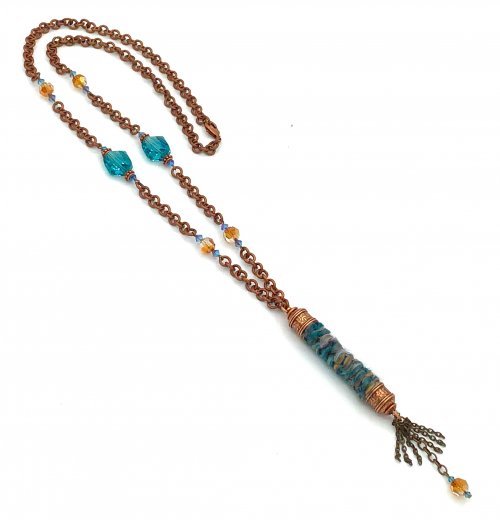
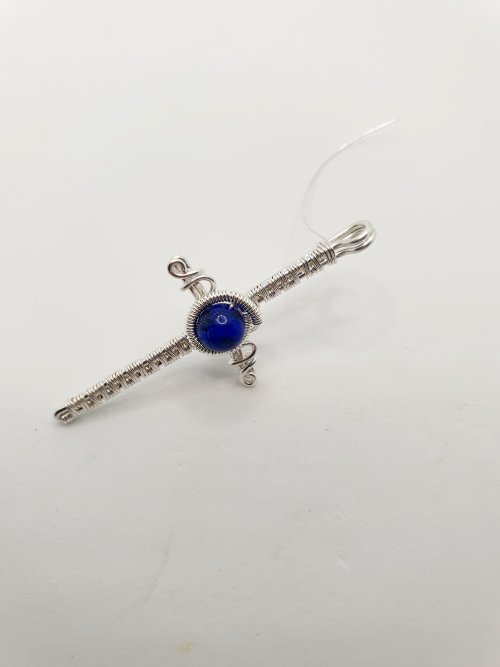
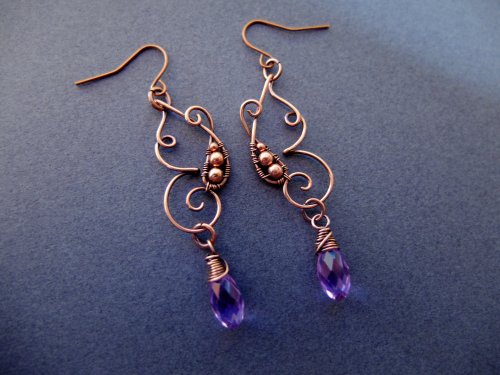

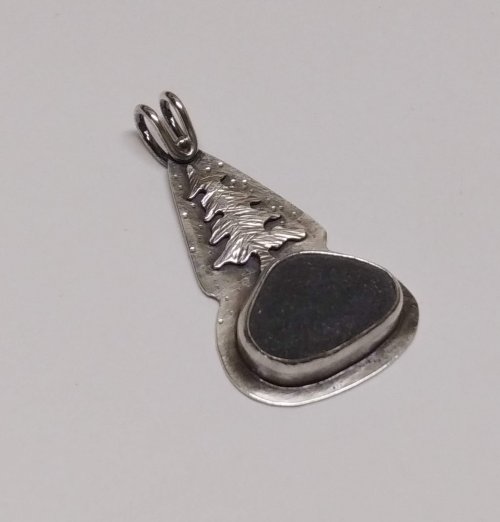
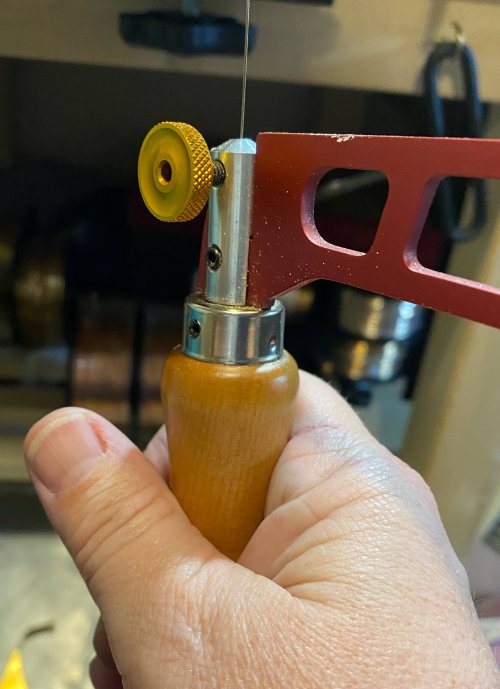
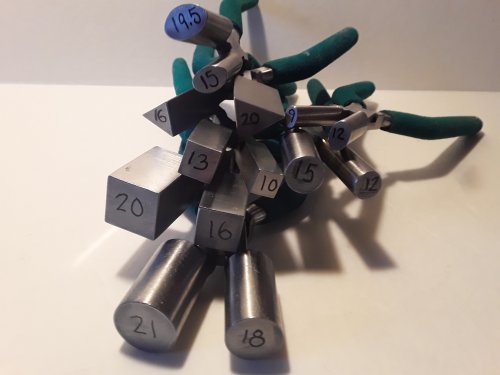
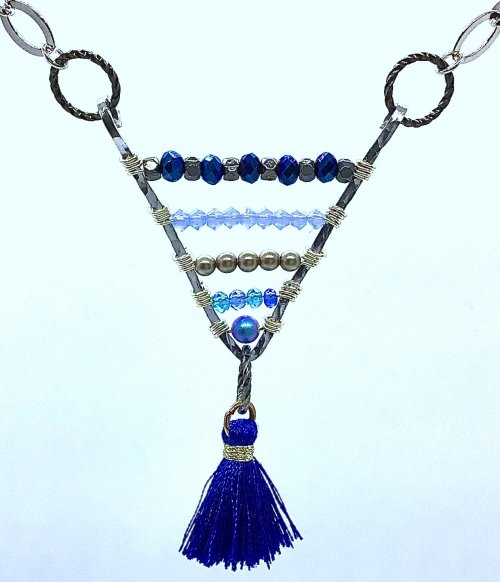




 About Jewelry Chain- About Ball Chain
About Jewelry Chain- About Ball Chain
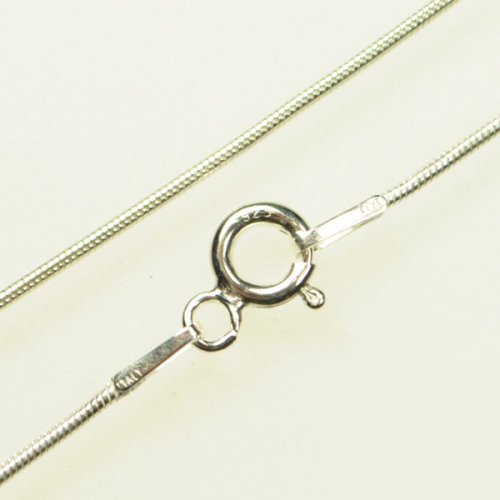 About Jewelry Chain- Snake Chain and Omega Chain
About Jewelry Chain- Snake Chain and Omega Chain
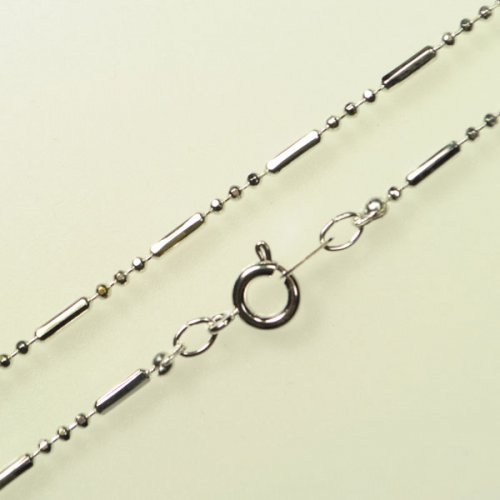 About Jewelry Chain- Bar Chain and Peanut Chain
About Jewelry Chain- Bar Chain and Peanut Chain
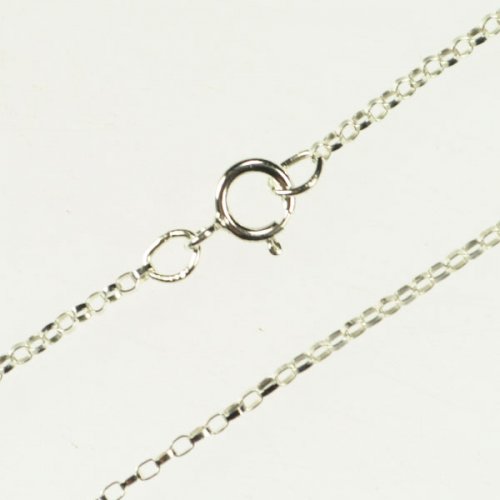 About Jewelry Chain - Cable Chain and Rolo Chain
About Jewelry Chain - Cable Chain and Rolo Chain
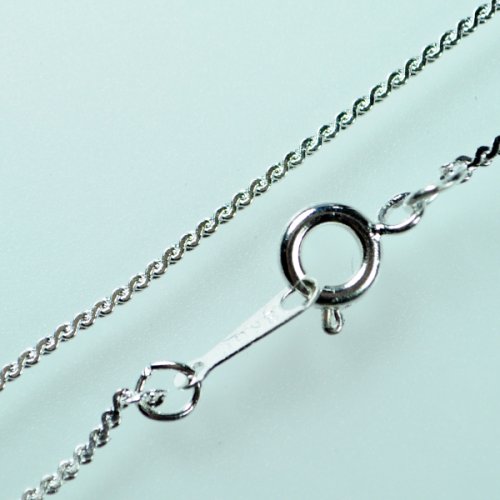 About Jewelry Chain- Curb Chain and Gourmette Chain
About Jewelry Chain- Curb Chain and Gourmette Chain
 About Jewelry Chain- Figaro Chain
About Jewelry Chain- Figaro Chain
 About Jewelry Chain- Infinity Chain and Anchor Chain
About Jewelry Chain- Infinity Chain and Anchor Chain
 About Jewelry Chain- Chain Reference Sheet
About Jewelry Chain- Chain Reference Sheet
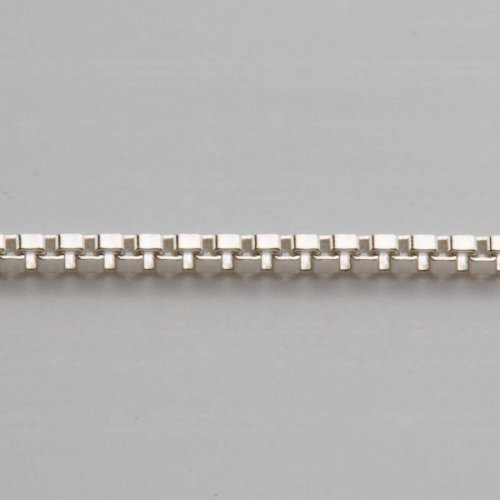 About Jewelry Chain- Venetian Chain and Box Chain
About Jewelry Chain- Venetian Chain and Box Chain
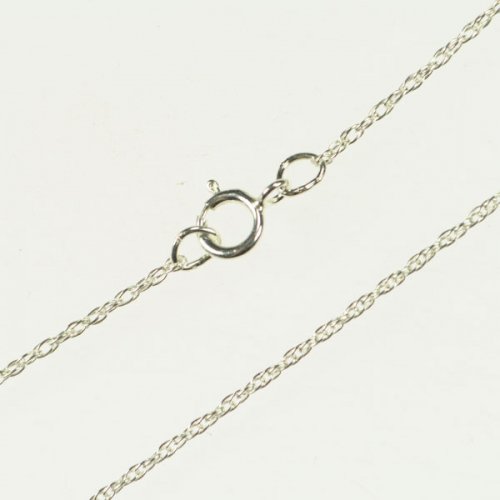 About Jewelry Chain- Wheat Chain and Rope Chain
About Jewelry Chain- Wheat Chain and Rope Chain
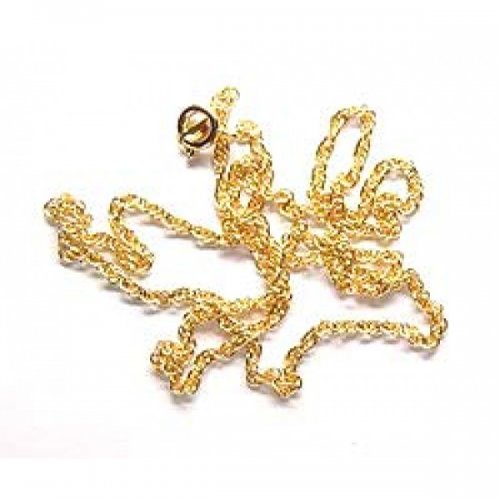 Introduction to Chain
Introduction to Chain
 Access More Money by Making Jewelry When Your Prices Are Right
Access More Money by Making Jewelry When Your Prices Are Right
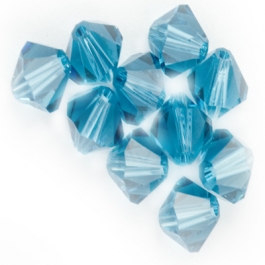 An Introduction to Beads and Beading
An Introduction to Beads and Beading
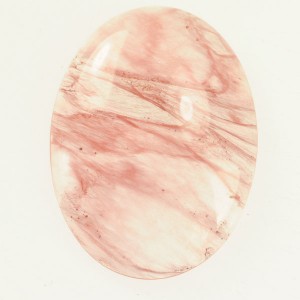 Common Gemstone Misconceptions
Common Gemstone Misconceptions
 Wire Wrapped Christmas Tree
Wire Wrapped Christmas Tree
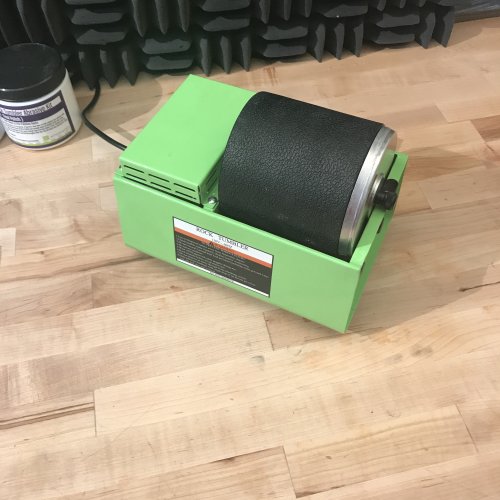 How To Polish Metal Jewelry using a Rotary Tumbler
How To Polish Metal Jewelry using a Rotary Tumbler
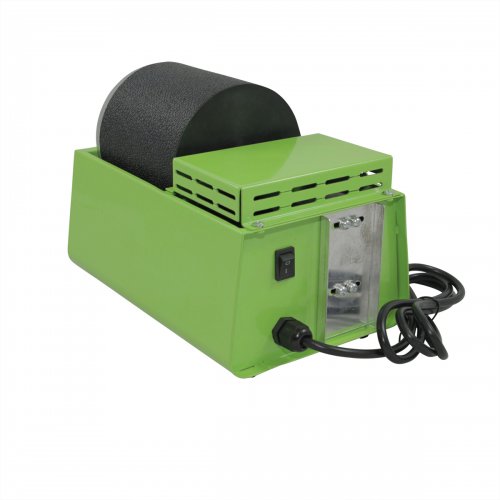 How To Polish Your Own Rocks using a Rotary Rock Tumbler
How To Polish Your Own Rocks using a Rotary Rock Tumbler
 How to Merchandise Your Jewelry on the Internet
How to Merchandise Your Jewelry on the Internet
 How to Use Twitter as a Wire Jewelry Artist
How to Use Twitter as a Wire Jewelry Artist
 20 Ideas to get your Jewelry Biz Busy
20 Ideas to get your Jewelry Biz Busy
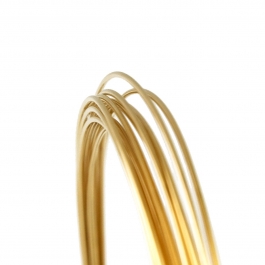 Watching the Precious Metals Market
Watching the Precious Metals Market
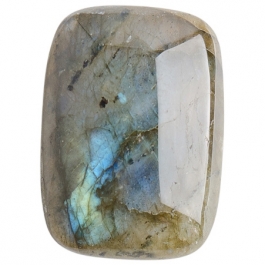 Jewelry Design Ideas - Get Inspired
Jewelry Design Ideas - Get Inspired
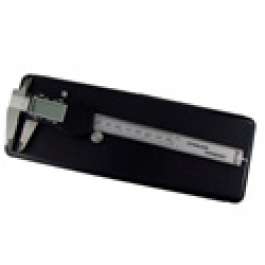 Measuring Tools
Measuring Tools
 July Birthstone - The Ruby
July Birthstone - The Ruby
 February Birthstone- Amethyst
February Birthstone- Amethyst
 March Birthstone - Aquamarine and Bloodstone
March Birthstone - Aquamarine and Bloodstone
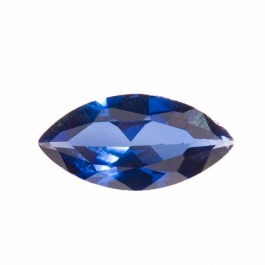 September Birthstone - Sapphire
September Birthstone - Sapphire
 November Birthstones - Topaz and Citrine
November Birthstones - Topaz and Citrine
 October Birthstones - Rose Zircon, Pink Tourmaline and Opal
October Birthstones - Rose Zircon, Pink Tourmaline and Opal
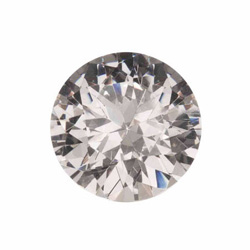 April Birthstone - The Diamond
April Birthstone - The Diamond
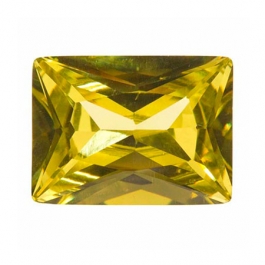 August Birthstone - Peridot and Sardonyx
August Birthstone - Peridot and Sardonyx
 June Birthstones - Alexandrite, Pearl and Moonstone
June Birthstones - Alexandrite, Pearl and Moonstone
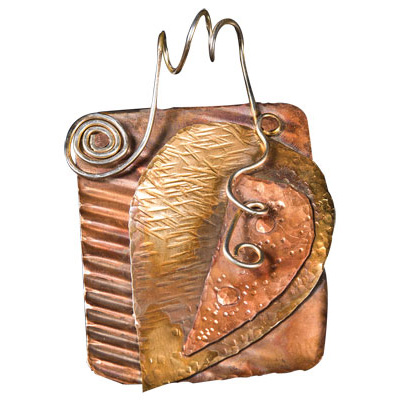 Metalsmithing
Metalsmithing
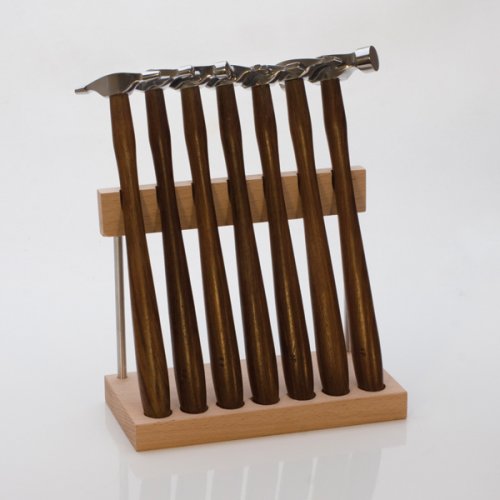 Featured Tool - Mini TruStrike Hammers
Featured Tool - Mini TruStrike Hammers
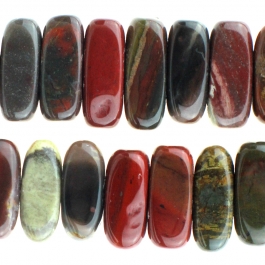 Natural Jasper Stones - Cabochon Gemstones
Natural Jasper Stones - Cabochon Gemstones
 Organize Your Jewelry Box
Organize Your Jewelry Box
 Pearls- It's a Cultural Thing
Pearls- It's a Cultural Thing
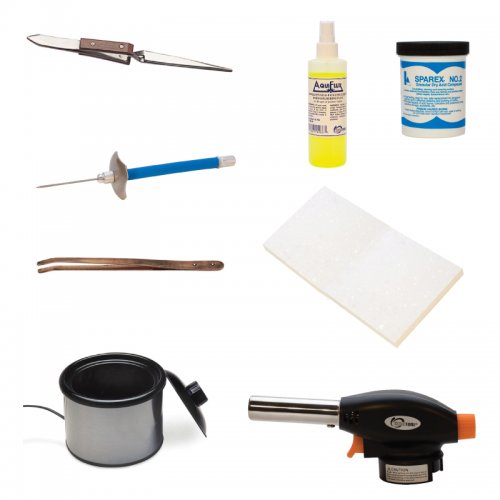 Soldering 101
Soldering 101
 Starting Your Own Home Jewelry Business
Starting Your Own Home Jewelry Business
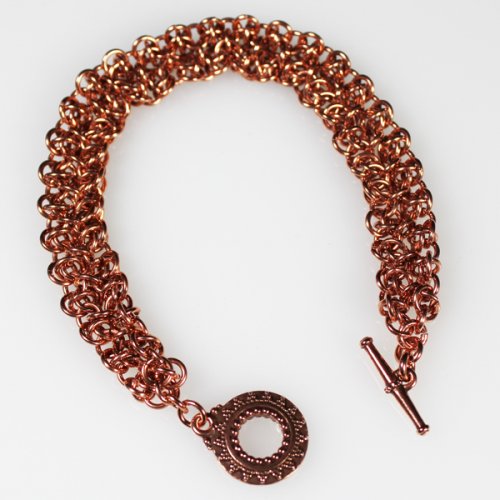 The Art of Creating Chainmail
The Art of Creating Chainmail
 Why Should I Be Using Facebook
Why Should I Be Using Facebook
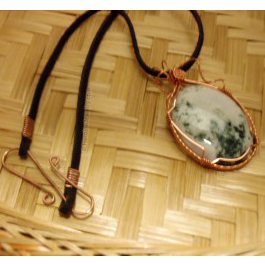 Make Handmade Neck Cords on a Dime
Make Handmade Neck Cords on a Dime
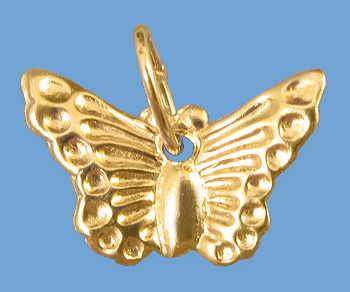 Tagging Handmade Jewelry Gifts
Tagging Handmade Jewelry Gifts
 Share Your Expertise with Your Community
Share Your Expertise with Your Community
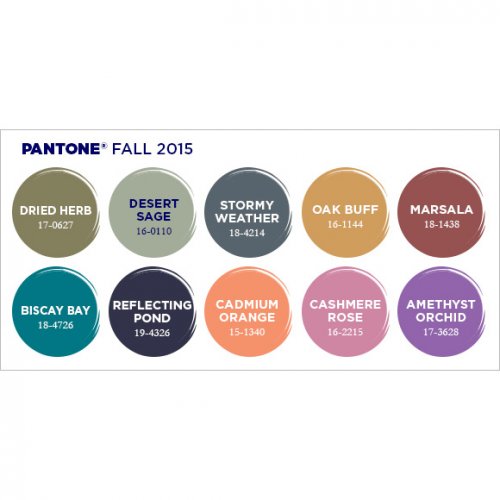 Creating Color Schemes for Jewelry Making
Creating Color Schemes for Jewelry Making
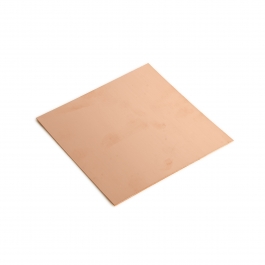 Bronze, Brass, Nickel Silver and Copper Base Metals
Bronze, Brass, Nickel Silver and Copper Base Metals
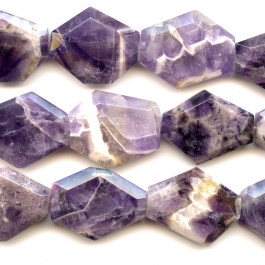 Gemstone Treatments
Gemstone Treatments
 How Wire is Made
How Wire is Made
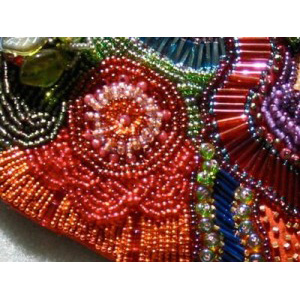 Beading A-B-C's
Beading A-B-C's
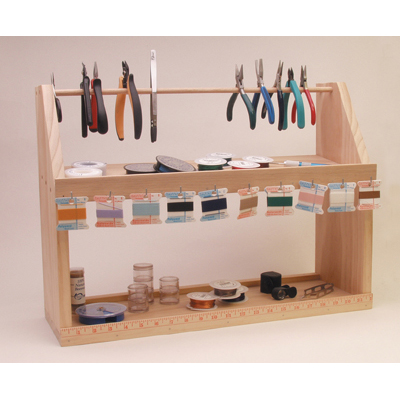 How to Set Up Your Workspace
How to Set Up Your Workspace
 Gem Profile- Peridot
Gem Profile- Peridot
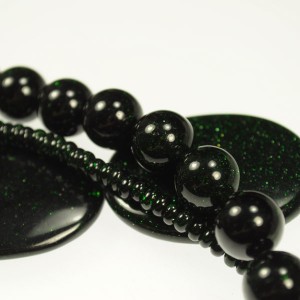 Gem Profile- Goldstone
Gem Profile- Goldstone
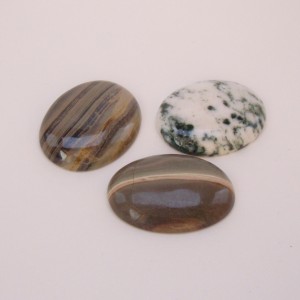 Gem Profile- Cryptocrystalline Quartz Introduction
Gem Profile- Cryptocrystalline Quartz Introduction
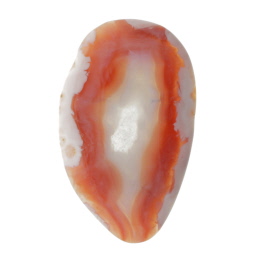 Gem Profile- Banded Agate and Brecciated Agate
Gem Profile- Banded Agate and Brecciated Agate
 Gem Profile- Emerald
Gem Profile- Emerald
 Gem Profile- Titanite or Sphene
Gem Profile- Titanite or Sphene
 Gem Profile- Morganite
Gem Profile- Morganite
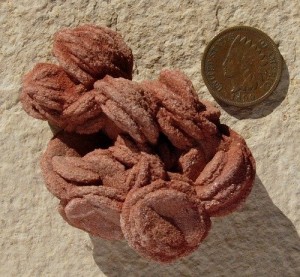 Gem Profile- Desert Rose
Gem Profile- Desert Rose
 Gem Profile- Iolite
Gem Profile- Iolite
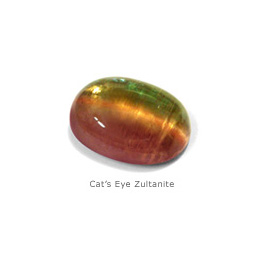 Gem Profile- Zultanite
Gem Profile- Zultanite
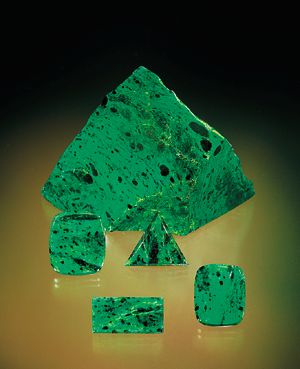 Gem Profile- Maw Sit Sit
Gem Profile- Maw Sit Sit
 Gem Profile- Tanzanite
Gem Profile- Tanzanite
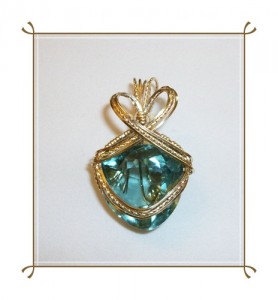 Gem Profile- Aquamarine
Gem Profile- Aquamarine
 Gem Profile- Turquoise
Gem Profile- Turquoise
 Gem Profile- Turquoise Types
Gem Profile- Turquoise Types
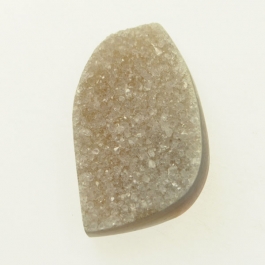 Gem Profile- What's Druze
Gem Profile- What's Druze
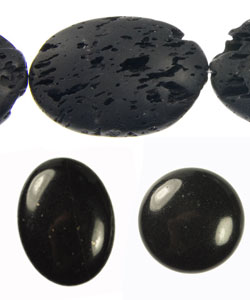 Gem Profile- Basalt
Gem Profile- Basalt
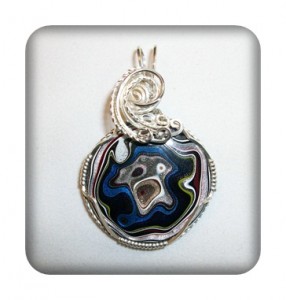 Gem Profile- Fordite
Gem Profile- Fordite
 Gem Profile- Variscite
Gem Profile- Variscite
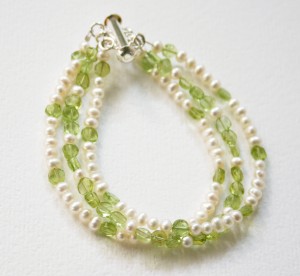 Gem Profile- Pearls
Gem Profile- Pearls
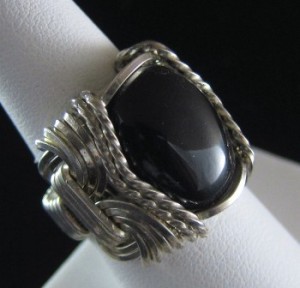 Gem Profile- Onyx
Gem Profile- Onyx
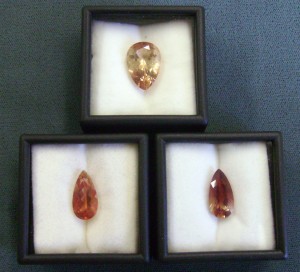 Gem Profile- Sunstone
Gem Profile- Sunstone
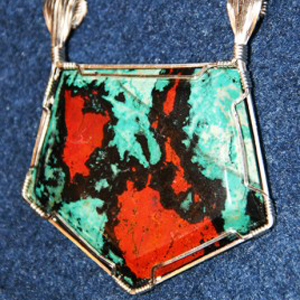 Gem Profile- Sonora Sunrise
Gem Profile- Sonora Sunrise
 Gem Profile- Rhodonite
Gem Profile- Rhodonite
 Gem Profile- Glass, Crystal and Quartz
Gem Profile- Glass, Crystal and Quartz
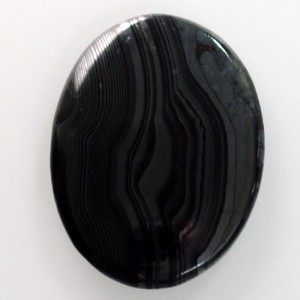 Gem Profile- Psilomelane
Gem Profile- Psilomelane
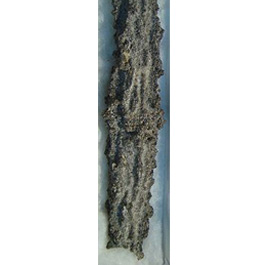 Gem Profile- Fulgurite
Gem Profile- Fulgurite
 Gem Profile- Cat's Eye
Gem Profile- Cat's Eye
 Gem Profile- Carnelian
Gem Profile- Carnelian
 Gem Profile- Petoskey Stones and Indonesian Fossil Coral
Gem Profile- Petoskey Stones and Indonesian Fossil Coral
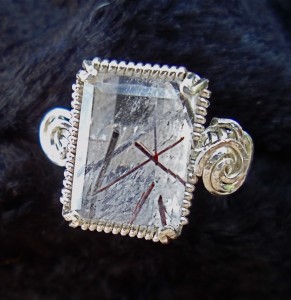 Gem Profile- Rutilated Quartz
Gem Profile- Rutilated Quartz
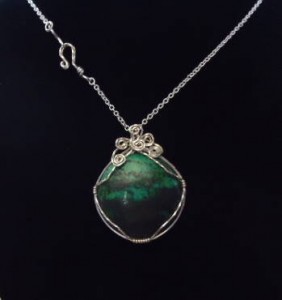 Gem Profile- Chrysocolla
Gem Profile- Chrysocolla
 Gem Profile- Jet
Gem Profile- Jet
 Gem Profile- Chrysoprase
Gem Profile- Chrysoprase
 Gem Profile- Rhyolite
Gem Profile- Rhyolite
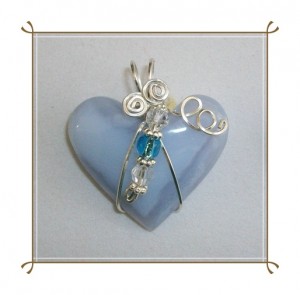 Gem Profile- Chalcedony
Gem Profile- Chalcedony
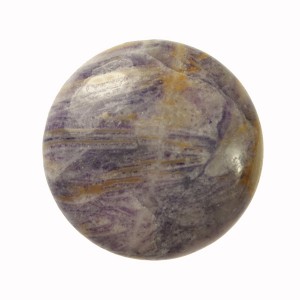 Gem Profile- Lepidolite and Sugilite
Gem Profile- Lepidolite and Sugilite
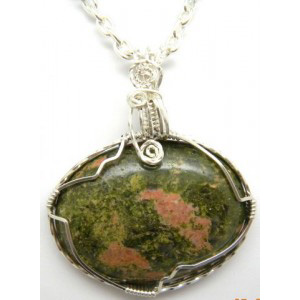 Gem Profile- Unakite
Gem Profile- Unakite
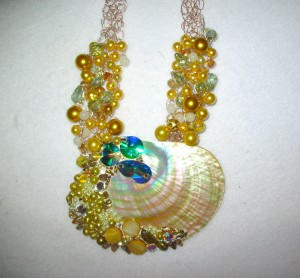 Gem Profile- Cowrie Shells, Conch Shells, and Drilling Shells
Gem Profile- Cowrie Shells, Conch Shells, and Drilling Shells
 Gem Profile- Mother of Pearl
Gem Profile- Mother of Pearl
 Gem Profile- Moss Agate and Plume Agate
Gem Profile- Moss Agate and Plume Agate
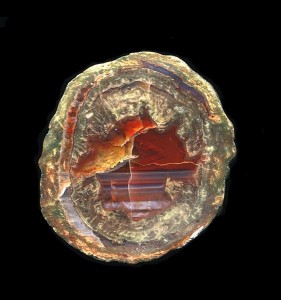 Gem Profile- Thundereggs and Mexican Lace Agate
Gem Profile- Thundereggs and Mexican Lace Agate
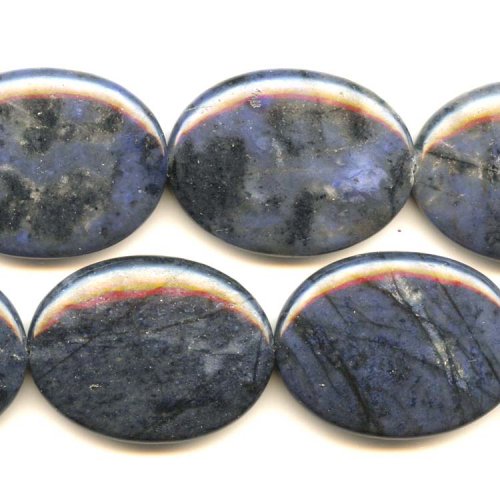 Gem Profile- Dumortierite
Gem Profile- Dumortierite
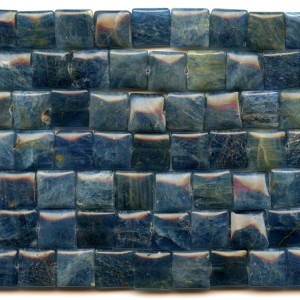 Gem Profile- Apatite
Gem Profile- Apatite
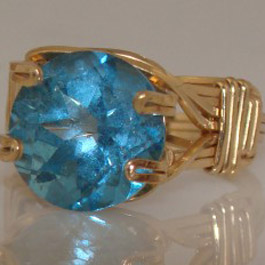 Gem Profile- Blue Topaz
Gem Profile- Blue Topaz
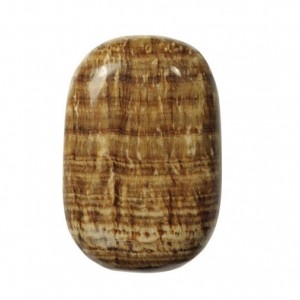 Gem Profile- Aragonite
Gem Profile- Aragonite
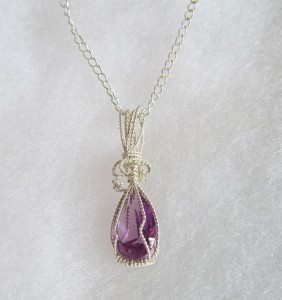 Gem Profile- Zircon and Cubic Zirconia
Gem Profile- Zircon and Cubic Zirconia
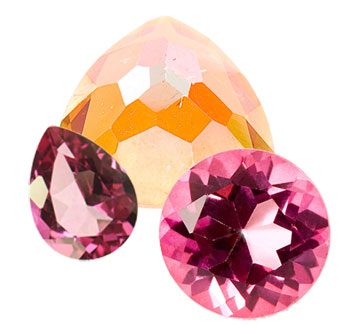 Gem Profile- Topaz
Gem Profile- Topaz
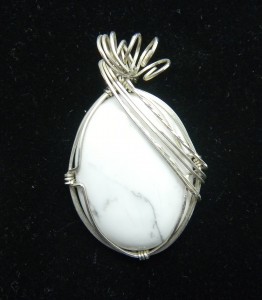 Gem Profile- Howlite
Gem Profile- Howlite
 Gem Profile- Sodalite
Gem Profile- Sodalite
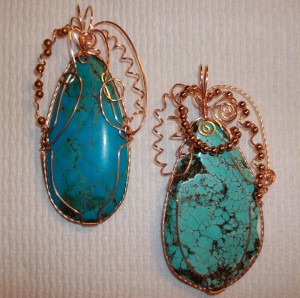 Gem Profile- Magnesite
Gem Profile- Magnesite
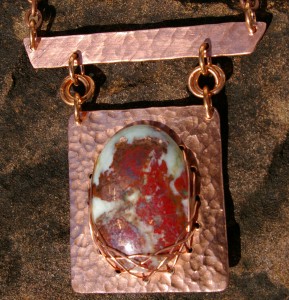 Gem Profile- Cuprite
Gem Profile- Cuprite
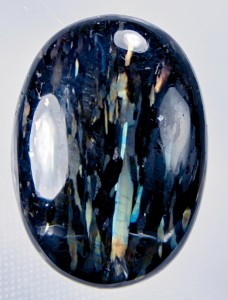 Gem Profile- Nuummite
Gem Profile- Nuummite
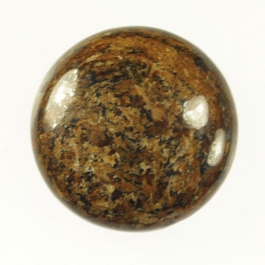 Gem Profile- Bronzite
Gem Profile- Bronzite
 Gem Profile- Kyanite
Gem Profile- Kyanite
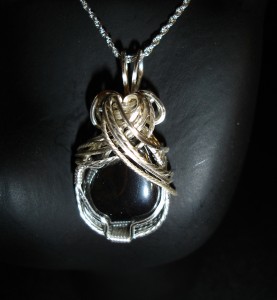 Gem Profile- Hematite
Gem Profile- Hematite
 Gem Profile- Derbyshire Blue John
Gem Profile- Derbyshire Blue John
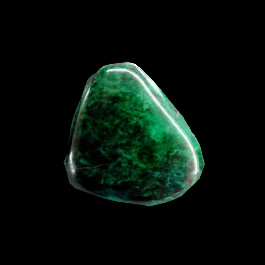 Gem Profile- Eilat Stone
Gem Profile- Eilat Stone
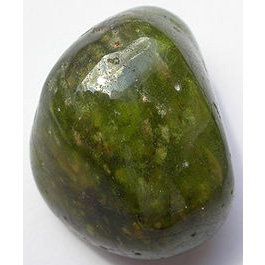 Gem Profile- Vesuvianite
Gem Profile- Vesuvianite
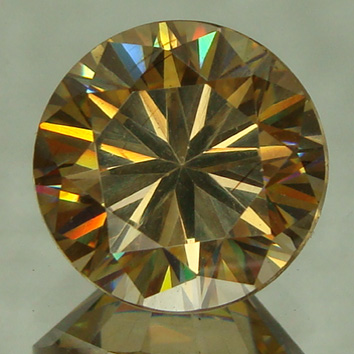 Gem Profile- Strontium Titanate -Fabulite
Gem Profile- Strontium Titanate -Fabulite
 Gem Profile- Tourmaline
Gem Profile- Tourmaline
 Gem Profile- Larimar
Gem Profile- Larimar
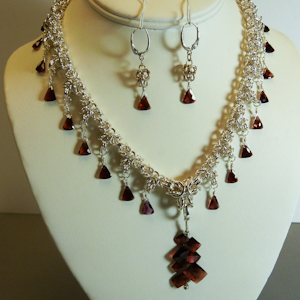 Gem Profile- Garnet
Gem Profile- Garnet
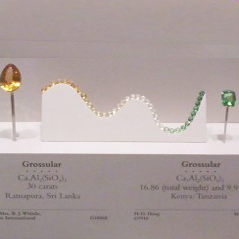 Gem Profile- Tsavorite and Green Garnets
Gem Profile- Tsavorite and Green Garnets
 Gem Profile- Seraphinite
Gem Profile- Seraphinite
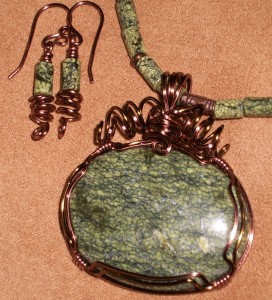 Gem Profile- Serpentine
Gem Profile- Serpentine
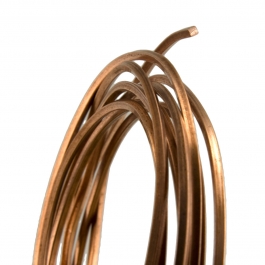 American Wire Gauge
American Wire Gauge
 Viking Knit and Spool Knit Chain
Viking Knit and Spool Knit Chain
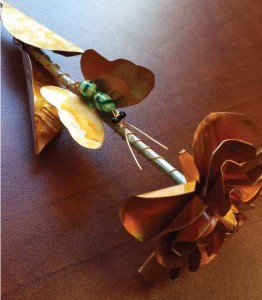 Copper Roses
Copper Roses
 How to Make Medical ID Bracelets Special
How to Make Medical ID Bracelets Special
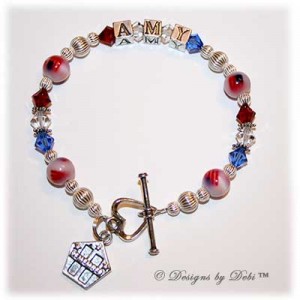 Remembering the Fallen
Remembering the Fallen
 6 Ways to Find Your Uniqueness in Jewelry
6 Ways to Find Your Uniqueness in Jewelry
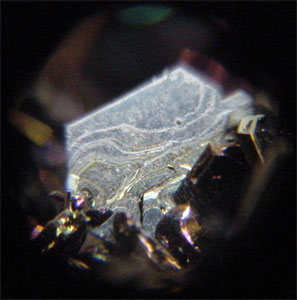 Gem Profile- Moissanite
Gem Profile- Moissanite
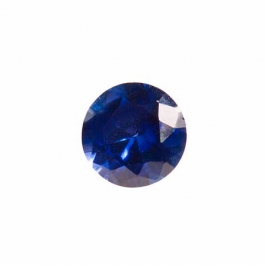 Birthstone Swarovski Colors
Birthstone Swarovski Colors
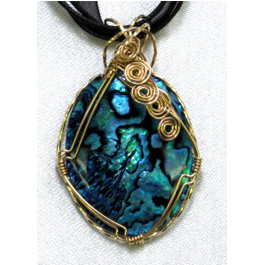 Gem profile- Paua and Abalone
Gem profile- Paua and Abalone
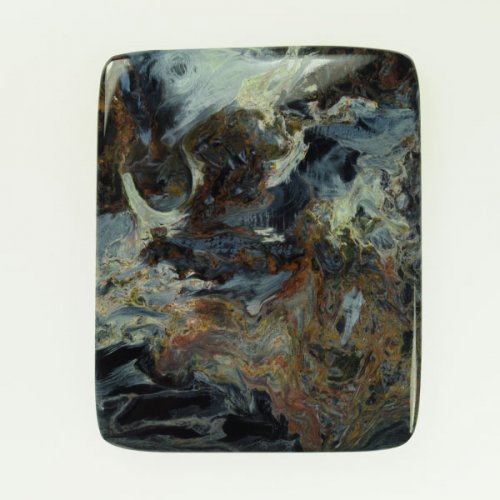 Tips for Tucson Shopping- Gem Show Secrets
Tips for Tucson Shopping- Gem Show Secrets
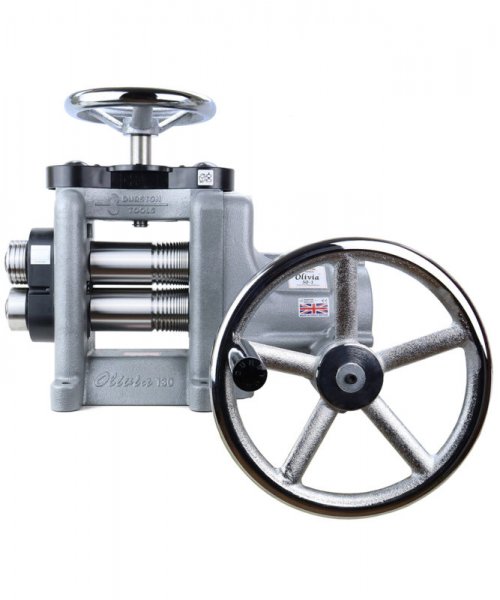 Durston Olivia Rolling Mills
Durston Olivia Rolling Mills
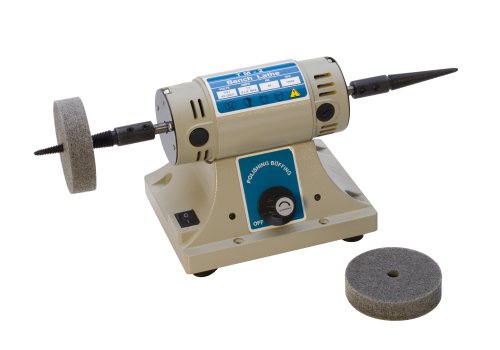 How to Use a Jewelry Bench Polisher Effectively
How to Use a Jewelry Bench Polisher Effectively
 5 Jewelry Patterns to Keep Summer Going
5 Jewelry Patterns to Keep Summer Going
 Why Jewelry Makers Love Boho And Free-Form Designs
Why Jewelry Makers Love Boho And Free-Form Designs
 5 Fall Leaf Jewelry Patterns to Capture the Colors of Autumn
5 Fall Leaf Jewelry Patterns to Capture the Colors of Autumn
 Bold Gemstone Wire Jewelry Tutorials for Beginners
Bold Gemstone Wire Jewelry Tutorials for Beginners
 Why Remodeling Old Designs Saves You Money and Sparks Creativity
Why Remodeling Old Designs Saves You Money and Sparks Creativity

